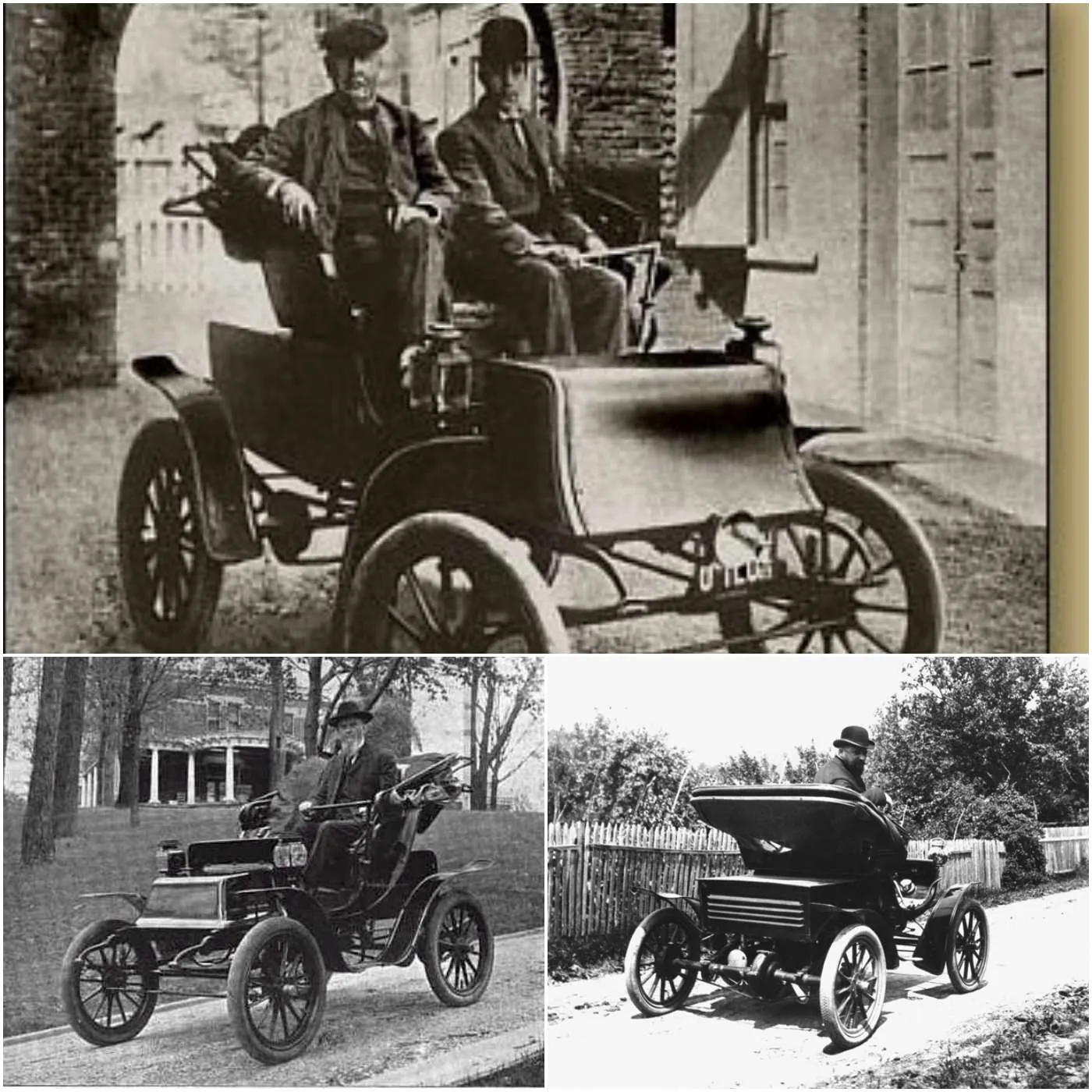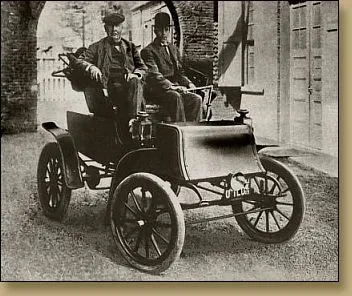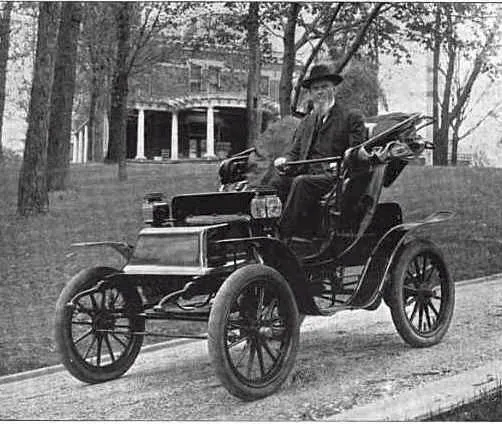1908 Studebaker Electric Victoria: Pioneering Electric Transportation.
In the early 20th century, the Studebaker Corporation made a bold foray into electric vehicles, showcasing their commitment to innovation and sustainability with the 1908 Studebaker Electric Victoria. This vehicle stands as a remarkable example of early electric car technology, blending elegant design with advanced engineering.

Studebaker, originally a renowned manufacturer of horse-drawn carriages, transitioned into the automotive industry with a focus on electric vehicles. The 1908 Electric Victoria represented a significant leap forward, offering an alternative to the emerging gasoline-powered cars of the era.
The Electric Victoria was a masterpiece of design and functionality, featuring:
The vehicle’s design drew heavily from Studebaker’s carriage-making heritage, resulting in a sophisticated and luxurious appearance. Its open-top design and finely crafted bodywork exuded elegance.
Powered by a series of rechargeable batteries, the Electric Victoria utilized an electric motor to provide a smooth, quiet, and emission-free driving experience. This was a stark contrast to the noisy and polluting gasoline engines of the time.

The electric vehicle was easy to operate, with straightforward controls and minimal maintenance requirements. Its simplicity made it an attractive option for urban drivers.
The 1908 Studebaker Electric Victoria was designed for practical use in city environments, with key performance features including:
The vehicle could travel between 40 to 50 miles on a single charge, which was sufficient for daily commuting and short trips around town.
With a top speed of approximately 20 miles per hour, the Electric Victoria was well-suited for the traffic conditions of its time.
Charging the batteries involved plugging into a standard electrical outlet, a process that took several hours, highlighting the early infrastructure for electric vehicles.
Despite the eventual dominance of gasoline-powered vehicles, the 1908 Studebaker Electric Victoria made a lasting impact on the automotive industry. It demonstrated the viability of electric propulsion and set a precedent for future developments in electric vehicle technology.

The Electric Victoria’s legacy is particularly relevant today, as the world shifts towards sustainable transportation solutions. Modern electric vehicles owe much to the pioneering efforts of early models like the Studebaker Electric Victoria.
The 1908 Studebaker Electric Victoria was a groundbreaking vehicle that showcased the potential of electric transportation. Its combination of elegance, practicality, and forward-thinking engineering made it a standout model in automotive history. As we embrace the electric vehicle revolution today, the Electric Victoria serves as a reminder of the innovative spirit that has driven the quest for cleaner, more efficient transportation for over a century.


 NOTICIAS TRISTES: Los fans de F1 y los compañeros de equipo de Red Bull están llorando y rezando por el bebé y la esposa de Max Verstappen tras este desgarrador anuncio…
NOTICIAS TRISTES: Los fans de F1 y los compañeros de equipo de Red Bull están llorando y rezando por el bebé y la esposa de Max Verstappen tras este desgarrador anuncio…


